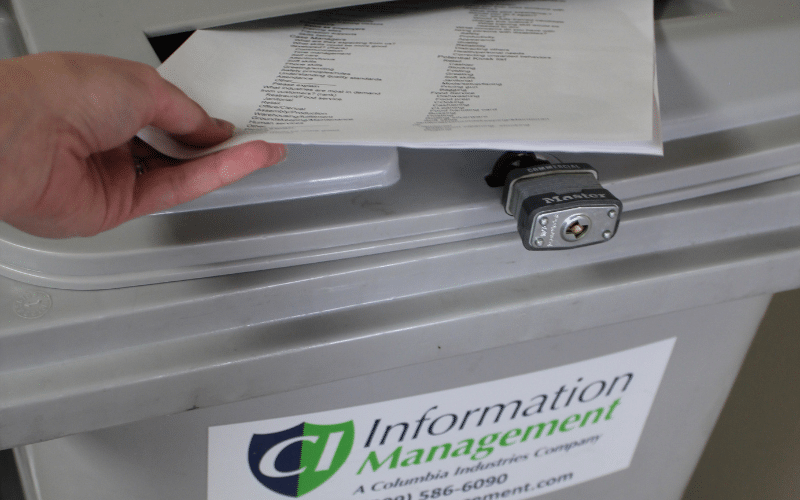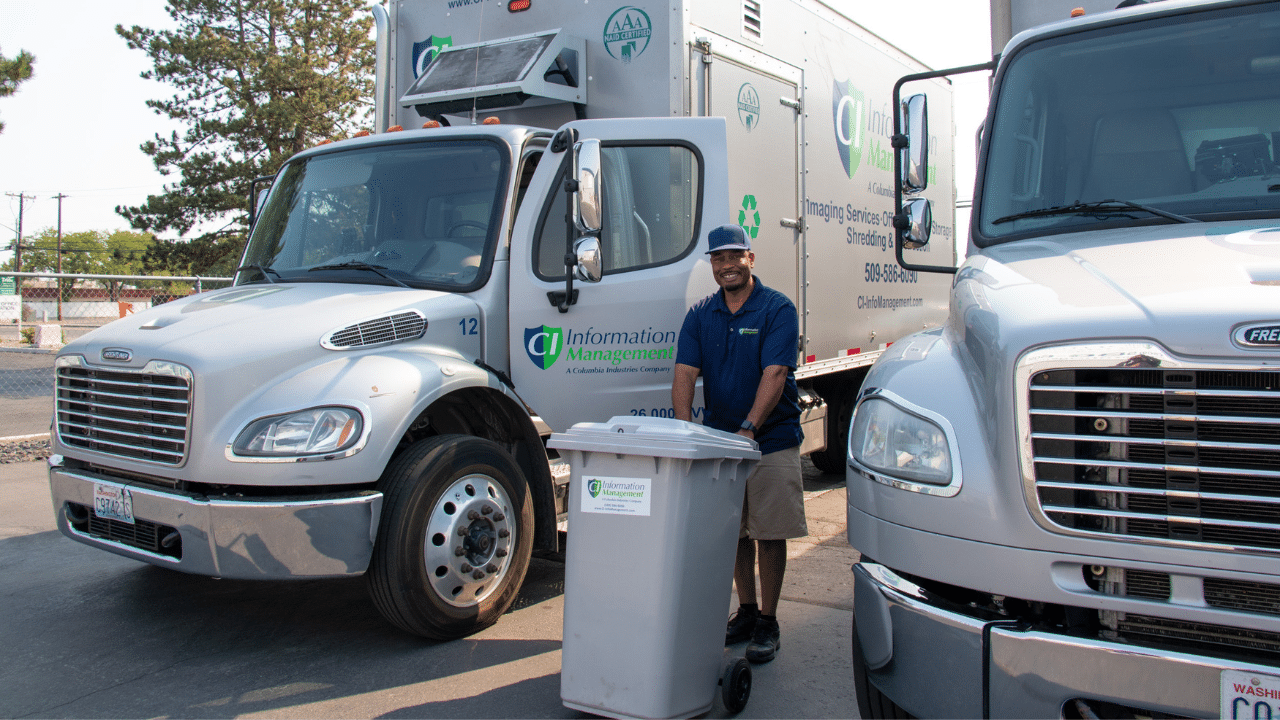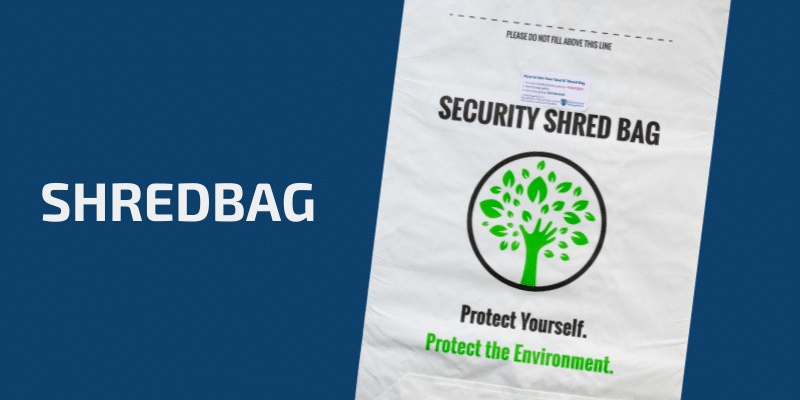 I believe it was the British rock band, The Clash, that first asked this question when they wrote the song, Should I Stay or Should I Go. That would have made for an interesting Shred Collection Container music video!
I believe it was the British rock band, The Clash, that first asked this question when they wrote the song, Should I Stay or Should I Go. That would have made for an interesting Shred Collection Container music video!
Strategically placing shred collection bins around your office will ensure that sensitive documents are disposed of safely and securely. But when it comes to tossing items into the collection container, how do you decide what should stay and what should go?
What Should Stay
All documents should find their way to the shred collection container. Trying to decide whether every document contains Personally Identifiable Information (PII) or not is time-consuming and riddled with the potential for very costly mistakes, each of which could lead to a data breach.
Since you are required by law to destroy any document containing PII, whether it be sensitive PII (full name, Social Security Number, driver’s license, mailing address, credit card, passport, or financial information or medical records) or non-sensitive PII (zip code, race, gender, date or place of birth, or religion), it has the potential to be linked to individuals and risks the possibility of breaking privacy laws. Sensitive documents could include printouts, letters, official documents, medical records, boarding passes, bank and billing statements, and much more. Folders, notebooks, newsprint, magazine, and softbound publications are acceptable items for the containers, even if they have metal fasteners, rubber bands, staples or paper clips attached.
This is why the safest method is to adopt a “shred everything” policy, and make sure your employees understand what this means.
What Should Go
It’s better to be safe than sorry when deciding if a document should be shredded or not. When in doubt, shred it. But there are items that should not be placed in the shred collection container. Strangely, some employees see a shred collection container as a trash can, and use it for the following non-shreddable items:
- Assorted garbage. Separating garbage from documents is why there are a variety of containers. Garbage includes plastic, Styrofoam, metal cans, corrugated cardboard, and hardbound books.
- General recycling. Sometimes we confuse documents to be shredded with items to be recycled, but despite the fact that your shredded paper will be recycled, this doesn’t mean any recyclable item can go in the shred bin. Recyclable items other than documents should be placed in the recycling bin and not the shred bin.
- It’s wise to direct electronics to be shredded or destroyed, but the shred collection container is for paper, not electronics. Mixing these two types of items will contaminate each other, potentially break the industrial paper shredding machine, and render the resulting material non-recyclable. Even if you would like to shred The Clash CD your coworker plays endlessly, it doesn’t go in the document shred container. Instead, ask your shredding provider for assistance with the secure collection and destruction of hard drives, tapes, and other electronic media.
A good shredding company will not only offer a variety of secure shredding options, it will also offer a variety of shred collection containers for your office.
CI Information Management is a NAID AAA Certified shredding company that will offer any of three types of locked shred containers to be placed around your office. We provide several shred options to businesses in Southeastern and Central Washington and Northeastern Oregon. Give us a call at 509-586-6090 or complete the form on this page, and we’ll be more than happy to assist you with your shredding needs.




